A cover version (cover song, remake, or just a cover) is a new performance or recording of a previously recorded song or composition. It can be created by the original artist or another musician or band. As a rule, a cover version seeks to recreate the melody, lyrics, and overall sound of the original song, while providing a unique interpretation or arrangement.
What is a COVER VERSION – definition and meaning in simple words.
In simple words, a cover version (cover, cover of a song) is a new version of a song composed by someone else.
It’s like drawing a picture that someone else has painted. When you cover a song, you usually sing the same words and melody as the original song, but you can make it sound different by using different instruments or changing the way you sing. Many musicians love to cover their favorite songs, and sometimes they even become more famous than the original!

How do cover versions differ from the original versions?
Cover versions and original versions of songs have some key differences. Here are some of them:
- Ownership: The original version of a song belongs to the person or persons who created it, while the cover version belongs to the person or persons who performed the new version.
- Arrangement: The arrangement of a cover version may differ from the original. This means that the instruments used, the tempo of the song, and even the way the lyrics are sung may be significantly different.
- Purpose: Cover versions are often made as a tribute to an original song or artist, or as a way for a musician to reinterpret a well-known tune in their own way. Original versions, on the other hand, are created to introduce a new piece of music to the world.
- Recognizability: The original version of a song is usually more widely known and has a stronger connection to the author or artist who created it. However, a well-executed cover version can also become popular.
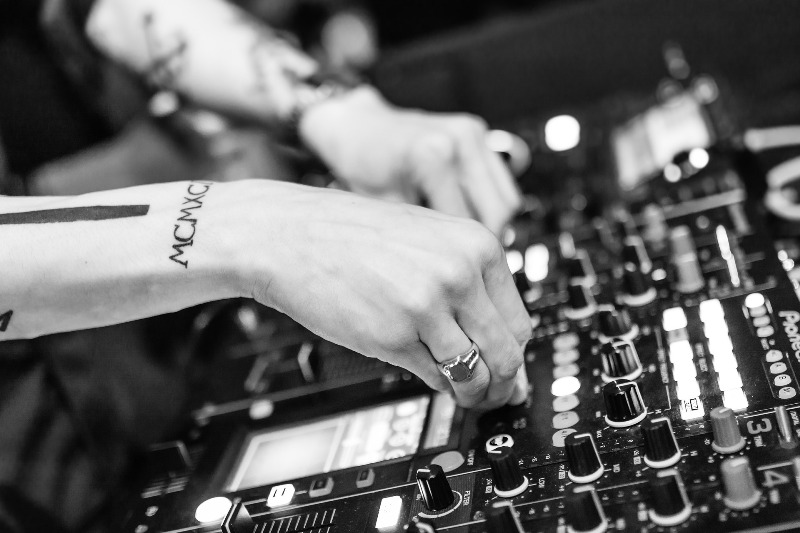
History and evolution of cover versions.
The history of cover versions goes back to the beginnings of music. At the beginning of the 20th century, it was common for artists to record their own versions of popular songs to demonstrate their own style and interpretation. With the development of technology and the music industry, covers became more common and diverse. In the 1950s and 60s, cover versions were often used by record labels to promote songs to different audiences and expand their reach. With the development of digital music in the 21st century, it has become easier than ever for musicians to record and distribute their own covers. It is now a common and accepted part of the music industry. Many artists use covers to pay tribute to their favorite songs and introduce new audiences to classic tunes.
The concept of cover versions is not limited to the Western music industry. In fact, it is a common phenomenon in different cultures and languages. For example, in India, cover versions of popular Bollywood songs are often created and released as singles or included in movie soundtracks. The development of social media platforms such as YouTube has also led to an explosive growth in the number of covers being created and shared online. Some cover versions have even become more popular than the original songs they were created for.
For example: many people know this song:
But not many people know the original:
The impact of cover versions on the music industry is undeniable, as they have provided artists with a platform to showcase their talent and creativity, and introduced new audiences to classic songs.
The most famous cover versions.
- “I Will Always Love You” by Whitney Houston (originally performed by Dolly Parton)
- “All Along the Watchtower” by Jimi Hendrix (originally performed by Bob Dylan)
- “The Man Who Sold the World” by Nirvana (originally performed by David Bowie)
- “Mad World” by Gary Jules (originally performed by Tears for Fears)
- “Smooth Criminal” by Alien Ant Farm (originally performed by Michael Jackson)
- “Nothing Compares 2 U” by Sinead O’Connor (originally performed by Prince)
- “Creep” by Scala & Kolacny Brothers (originally by Radiohead)
- “Sweet Dreams (Are Made of This)” by Marilyn Manson (originally by Eurythmics)
- “The Sound of Silence” by Disturbed (originally by Simon & Garfunkel)
- “Knockin’ on Heaven’s Door” by Guns N’ Roses (originally by Bob Dylan)
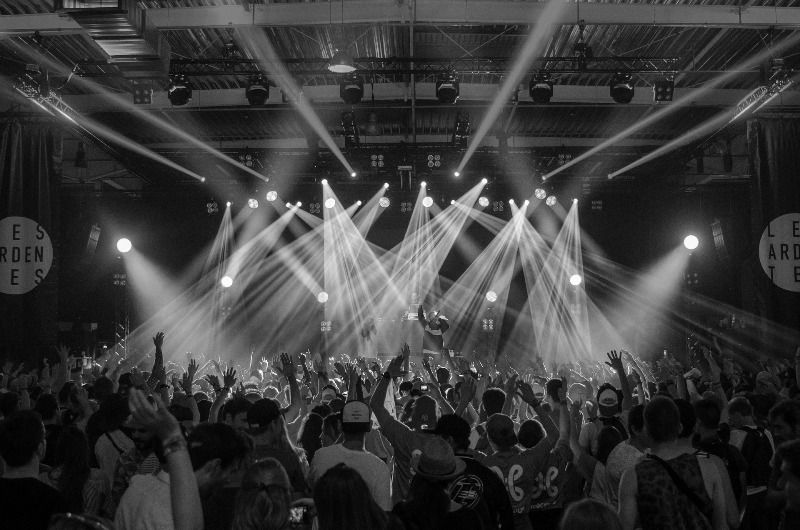
Why do musicians create covers?
Musicians create cover versions for a variety of reasons. One of the most common is to pay homage to the original artist or song that inspired them. Covers allow them to reinterpret a classic or popular song in their own way and showcase their own unique style and interpretation. It can also serve as a way to attract new fans by offering a familiar song from a new perspective. In addition, they can be a way for musicians to experiment with different genres and styles, as well as to challenge themselves creatively. It’s also worth noting that cover versions can be financially beneficial, as they can attract a new audience and generate royalties for the artist. Ultimately, creating covers can be a way for a musician to demonstrate their versatility and artistry, as well as to pay tribute to their musical skills.
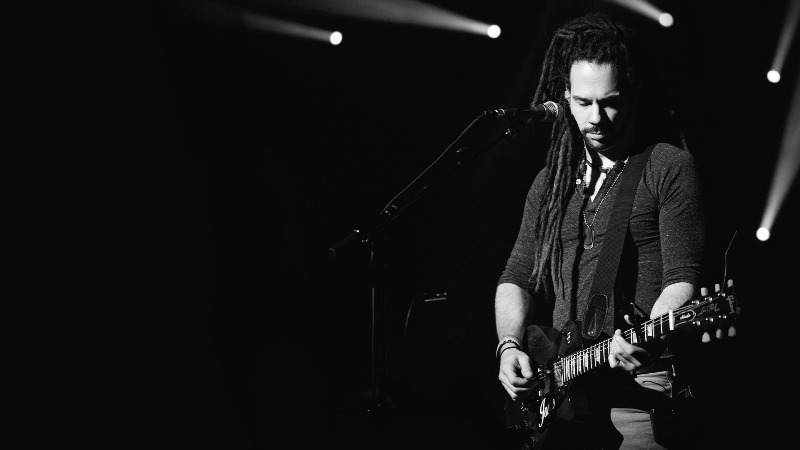
Advantages and disadvantages of cover versions.
Cover versions can bring both advantages and disadvantages to musicians. Here are some of the advantages and disadvantages worth considering:
Advantages:
- Recognition: Cover versions can introduce musicians to a new audience and help them gain more popularity.
- Familiarity: Familiarity with the original song can make it easier for audiences to relate to the cover.
- Creativity: Musicians can reinterpret the original song in their own way, showcasing their creativity and unique style.
Disadvantages:
- Comparison: Covers are often compared to the original, which can lead to criticism and negative feedback.
- Copyright issues: Cover versions require proper licensing and royalty payments to the original authors, which can be expensive and time-consuming.
- Originality: Cover versions may not showcase the musician’s original work, which can limit their creative expression.
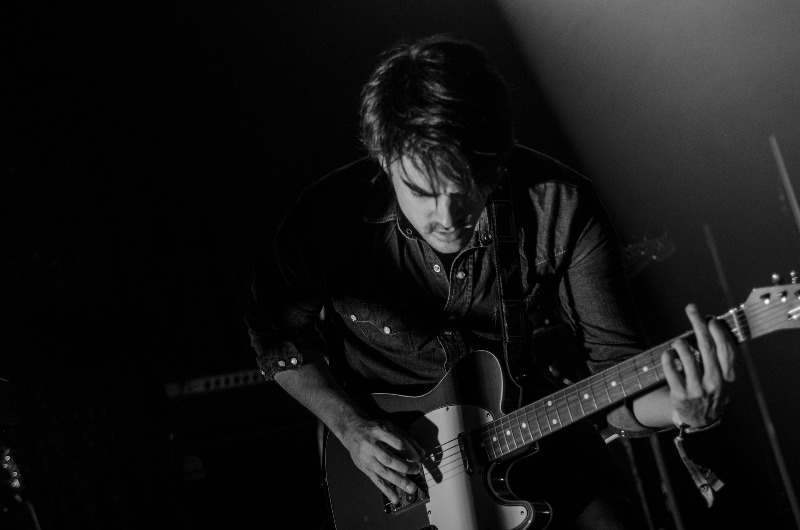
Legality of cover versions.
When it comes to creating cover versions of existing songs, musicians and other artists must take into account certain legal nuances. In many cases, it is necessary to obtain a license or permission from the copyright owner before creating and distributing such works. This may involve negotiating fees and royalties, as well as ensuring that the new version meets any specific terms set by the original copyright owner. Failure to comply with these terms can lead to legal action, such as copyright infringement claims, which can be costly and damaging to the careers of those involved. It is important for artists to be aware of these legal issues and take steps to ensure that their work is created and distributed in compliance with the law.
What are the rules for creating covers?
If you plan to create a cover version of a song, you need to follow certain rules and guidelines. These rules may vary depending on your country and the copyright laws that apply to your situation. Here are some general rules to keep in mind:
- Obtain the necessary licenses: You need to obtain a license to reproduce and distribute a cover of a song. You can get this license from the publisher or through a licensing agency.
- Give credit to the original songwriter: You must give credit to the original songwriter and include his or her name in the credits of the cover.
- Use a different arrangement: You can’t just copy the original version of the song. You need to create your own unique arrangement.
- Don’t change the lyrics: You can’t change the lyrics of an original song without the permission of the songwriter.
- Pay royalties: You must pay royalties to the original songwriter for each copy of your version that you sell or distribute.
By following these rules, you will be able to create a legal cover version of the song.

Conclusion.
In summary, cover versions have become an integral part of the music industry: musicians cover popular songs for various reasons, such as to pay tribute to the original artist, demonstrate their skills, or attract a new audience. While covers have their advantages, such as fresh interpretations of existing songs and helping new artists gain popularity, they also have disadvantages, such as potential legal problems and criticism for being unoriginal. It is important for musicians to comply with legal requirements for creating covers and ensure that their cover versions are unique and add value to the original song. Overall, singing continues to play a significant role in the music industry and is likely to continue to do so in the future.
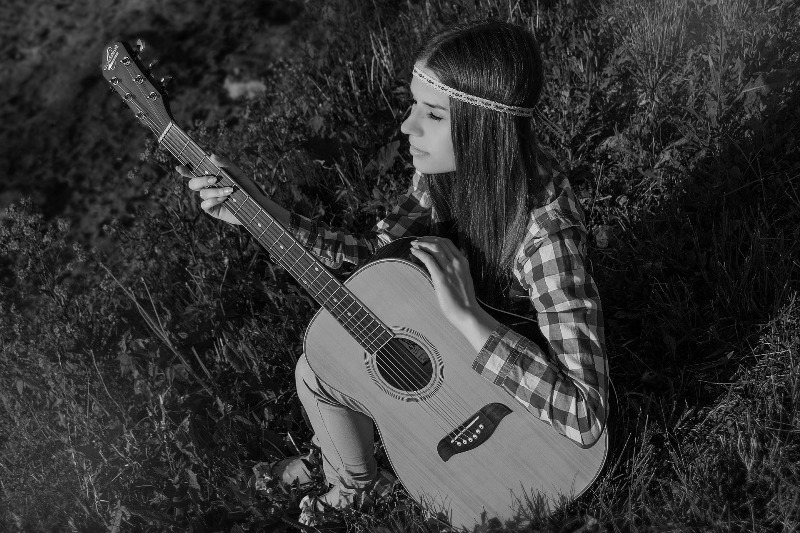
FAQ (Frequently Asked Questions):
A cover version is a new performance of a previously recorded song, performed by another artist other than the original author.
A cover version is a new interpretation of a song by another artist, while a remix is a new version of a song created by changing the original recording.
Yes, musicians usually require permission from the copyright owner of a song to create a cover.
Yes, covers are subject to copyright laws and require permission from the copyright holder to legally record and distribute.
No, it is illegal to sell a cover version without the copyright holder’s permission and may result in legal action.
Yes, covers are legal if the necessary licenses and permissions are obtained.
Yes, you can monetize your cover on YouTube, but you may have to share the revenue with the original copyright holder.
Yes, it is important to include the name of the original artist in the cover version and include a statement that the song is a cover.
Yes, you can make changes to the lyrics or melody of the song in your cover version, but you may need to obtain additional licenses for any significant changes.
Yes, you can use a cover version in a commercial project if you have obtained the necessary licenses and permissions.




